Deep-fried chicken wings are a popular, tasty dish that has appeal to all ages. They are simple to make, yet can be made in a variety of ways to accommodate anyone's taste. The origins of fried chicken wings are heavily debated as different regions have their own tales.
Stemming from Buffalo, New York, the traditional version is fried in oil at a high temperature and served with a spicy sauce or dip. Alternatives include anything from breaded to sweet and sour versions.
How to fry chicken wings
For those ready to take their wings game up a notch, deep-frying is the way to go. All you need is some chicken wings, oil, and a pot or deep fryer - plus tongs made of steel - because this method involves submerging your chicken in hot, sizzling oil!
What to fry your wings in?
If you do not have a counter-top electric deep fryer at your disposal, any heavy bottomed pot or deep skillet that can safely hold at least 2-3" of oil will work just fine.
What oil temp to fry your wings in?
An oil temp between 325 - 350 degrees is the sweet spot. The cooking temperature needs to be high enough to cook the wings, which allows the skin to crisp, but not to a point where the oil will overheat and burn the chicken.
How long to fry chicken wings?
An instant read thermometer is your best allywhen deep frying chicken wings. This will help you monitor oil temp and check for doneness on your wings. Any temp above 165 degrees would be considered done and safe, but wings can handle a much higher internal temp and are actually more tender at temps between 185-200 internal.
When to season and sauce chicken wings?
Regardless if you choose to go with a dry rub, coat with sauce (Try our Lane's One Legged Chicken sauce), or both, do this when the wings are straight out of the oil. This will allow the seasoning to adhere better and sauces will coat better as well.
Fried chicken wing tips and tricks
There are many variations of fried wings to consider before diving in. The combinations of coatings, flavors, and techniques can be a bit overwhelming, but will go over a few of those so you will have some options to choose from instead of the standard Buffalo style hot wing.
Breaded chicken wings
To bread or not to bread? Many wing purists will claim that breading a chicken wing is a culinary sin, but let's take a look at positives of a breaded wing:
- Undeniable CRUNCH - With the right combo of flour and starches, you can obtain a satisfying crispy exterior on your wings. Toss the raw wings in a mixture of all-purpose flour and either corn starch or rice flour to achieve the ultimate crunch!
- Perfect avenue for FLAVOR - Being able to add your favorite rub (try out our Lane's Q-NAMI and Lane's Garlic²) seasoning directly into the breading will help lock in the flavors you choose to use.
- Sauce's best friend - The breading soaks up and helps sauce cling on better than an un-breaded wing. If you like your wings extra saucy, consider breading.
Brining chicken wings
An optional step that really should be considered necessary with either of our brine mixes, Signature or Sweet Tea. This can take a really good wing and make it unforgettable due to how juicy brined wings turn out especially when fried. Here are some tips to consider when brining wings:
- Make time for the brine - You can get some noticeable results even in just 2-4 hours in brine, but overnight is where you'll see the biggest reward in flavor and moisture.
- The drying process - If you've used our Ultimate Turkey Kit, you'll know that one of the steps in that process is drying the bird after it comes out of the brine to help achieve the crispy skin we're looking to get with fried wings. For wings, even an hour or two uncovered in the fridge can help dry out the skin to ensure the crispiest results.
Smoke-Fried chicken wings
Finally, we come to the "Best of Both Worlds" option for your wing experience. Letting the wings cook almost all the way through on your grill or smoker to impart that savory smokiness to the wing, then flash frying to get the crispy exterior we all love. The biggest drawback to smoked wings in general is how difficult it can be to avoid chewy skin. The fryer will guarantee crispiness without sacrificing that smokey flavor. Here's a couple of tips if you decide to go down this path:
- Keep a thermometer handy - The key to smoke-fried is managing the internal temp to avoid overcooking and dry chicken. You want to shoot for 160-165 degrees internal on your grill/smoker, then frying to an internal temp of 185-200 for your finished product.
- Pack on the flavor - This double cook method give you the opportunity to add flavors through rubs and seasonings that may otherwise just fall off in the frying oil. Give your wings a healthy coat of seasoning (Spellbound Hot & Nashville Hot are always winners) before smoking and another shake after they come out of the fryer for a double dose of flavor.
In conclusion, if you've ever been hesitant to fry your own wings, this guide will give you all the tools and info you need to create an amazing wing feast in your own home for your family and friends. Don't forget to be creative and try different combinations of rubs and sauces to find your ultimate wing flavor. #KeepExperimenting

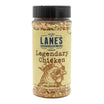
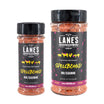
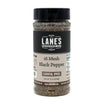
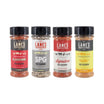

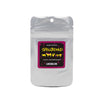
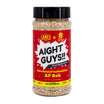
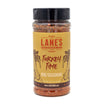
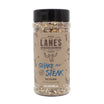
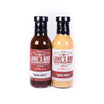
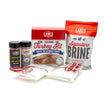

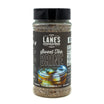
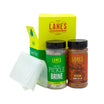
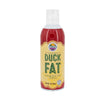
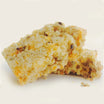
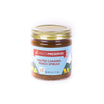




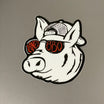

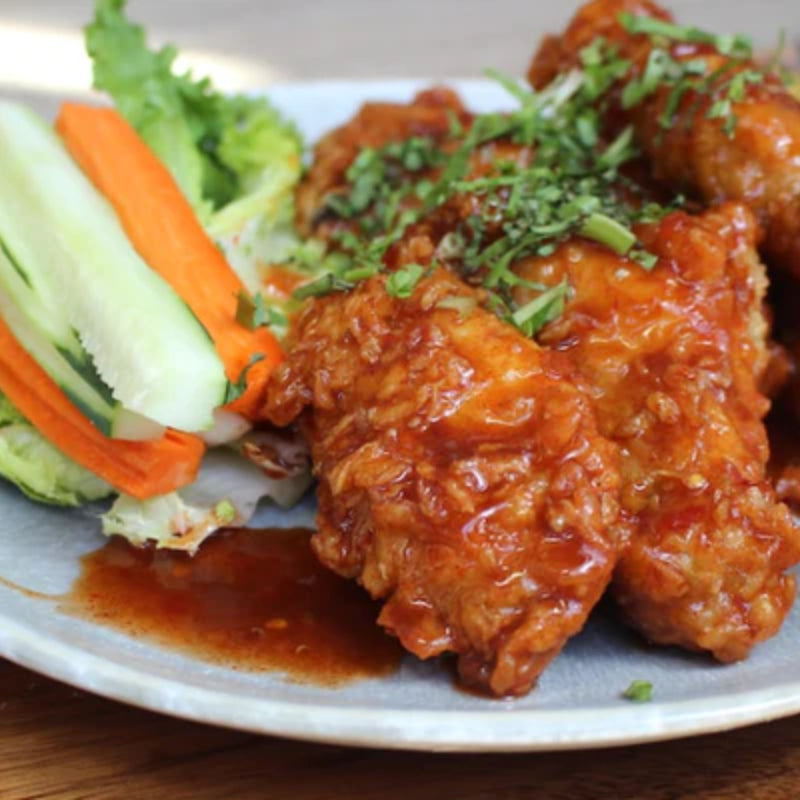
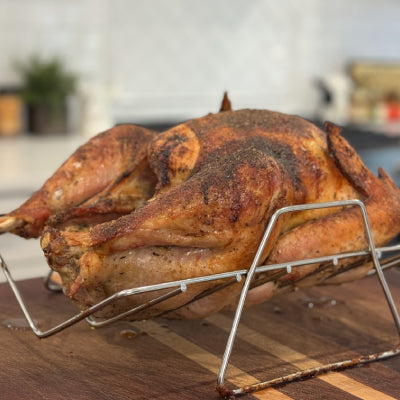
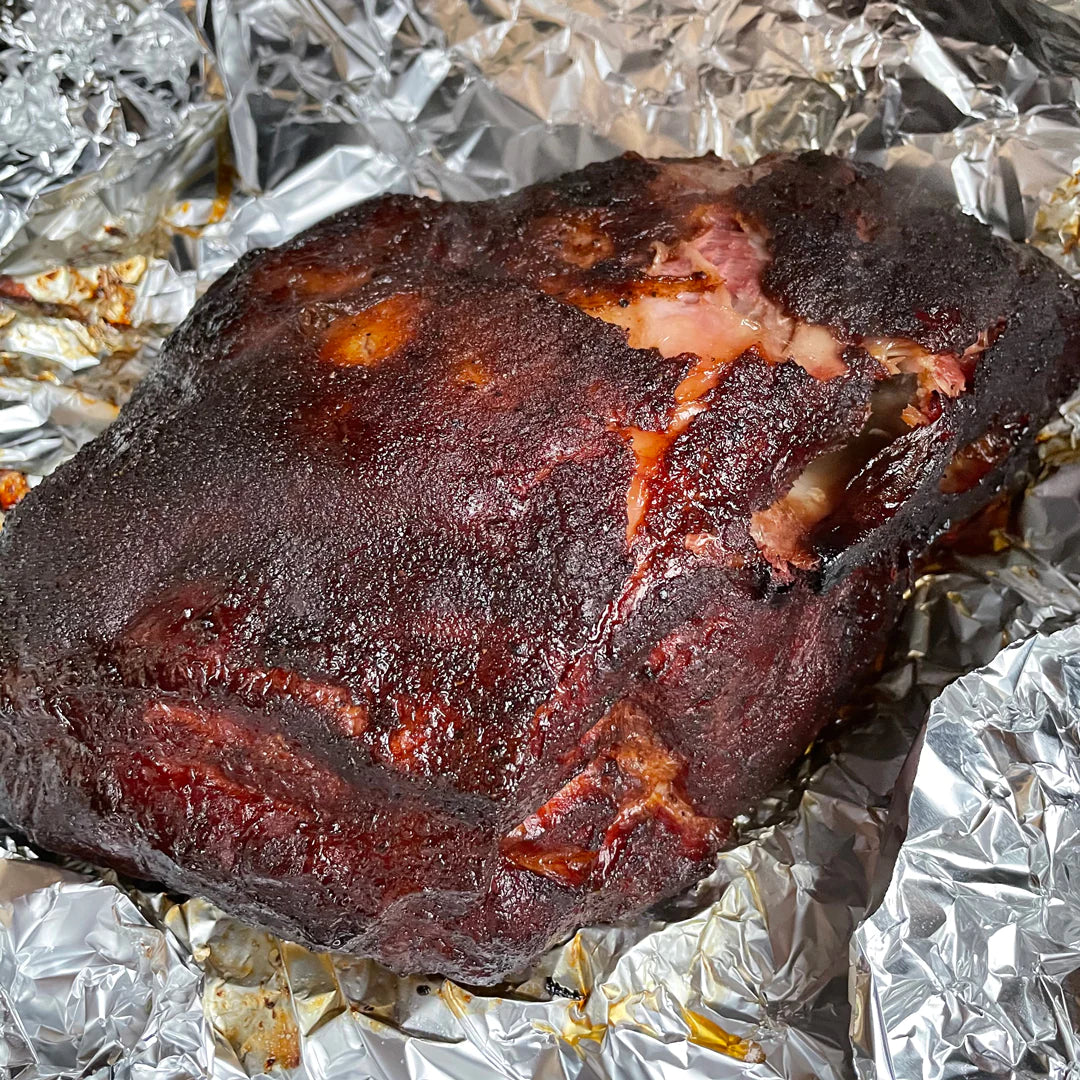


1 comment
Charles Birchfield
Thanks for the tip on wings! Big fan of your Signature sugar free rub and Spellbound. Also picked up Brisket rub ! Fantastic!!
Leave a comment
All comments are moderated before being published.
This site is protected by hCaptcha and the hCaptcha Privacy Policy and Terms of Service apply.